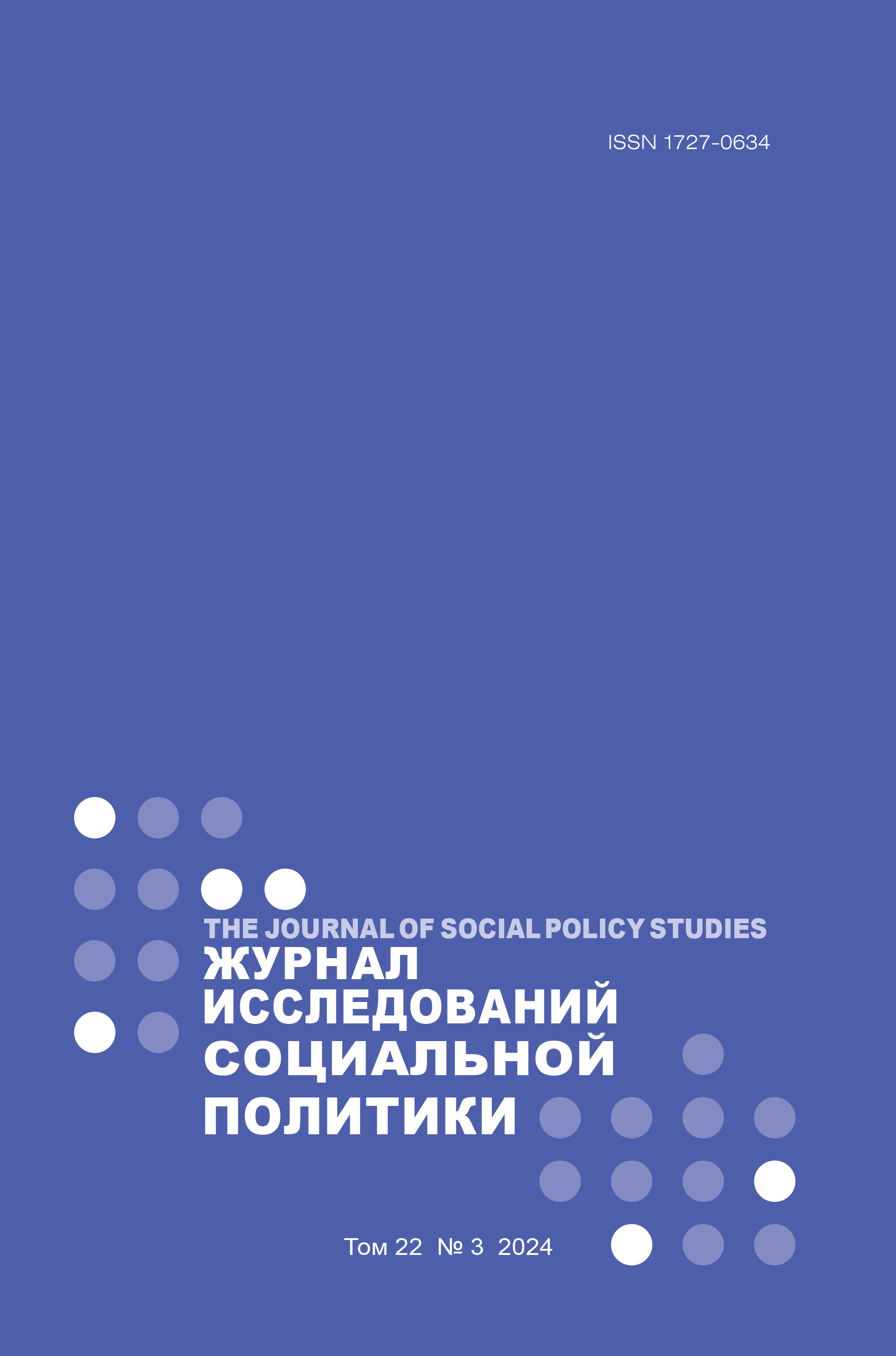Housing Precarity: Factors, Discourses and Foreign Measurement Experiences
Abstract
This paper addresses the issue of housing precarity – a phenomenon that is becoming increasingly relevant in the context of economic and social instability. Unlike most Russian studies, which focus on precarious employment, this article highlights the precarity of housing conditions among various social groups. Young professionals, the elderly, migrants, and displaced persons often face temporary or unstable housing, which hampers their social mobility and exacerbates their vulnerability. A key aspect of this review is the exploration of dual precarity – the risk of losing both housing and employment at the same time – which is particularly relevant for groups living in service or temporary accommodation. The paper also examines different approaches to housing precarity in international practice. Examples from Europe, the USA, and Australia demonstrate the use of indices such as the Housing Precarity Index (HPI), the Housing Precarity Risk Model (HPRM), the Precarity Index for Neighborhoods and City Housing (PINCH), and the Neighborhood Employment and Housing Precarity Index (NEHP). These tools allow a quantitative assessment of housing precariousness and the identification of priority areas for support. The paper emphasizes the multifactorial nature of housing precarity, which encompasses not only the characteristics of the housing itself, but also the impact of environmental, economic, political, and social factors. The author highlights the importance of developing a similar index for Russia, tailored to national specificities and existing data. This would significantly strengthen the evidence base for social policies aimed at improving housing conditions and combating homelessness. The paper highlights the need for a thorough analysis of the institutional factors influencing housing instability and demonstrates how government programs and the market can contribute to the formation of a so-called 'housing culture of precarity,' which manifests itself in forms such as co-housing. Research on housing precarity is crucial for improving the evidence base for social policies aimed at improving housing conditions for different population groups.















